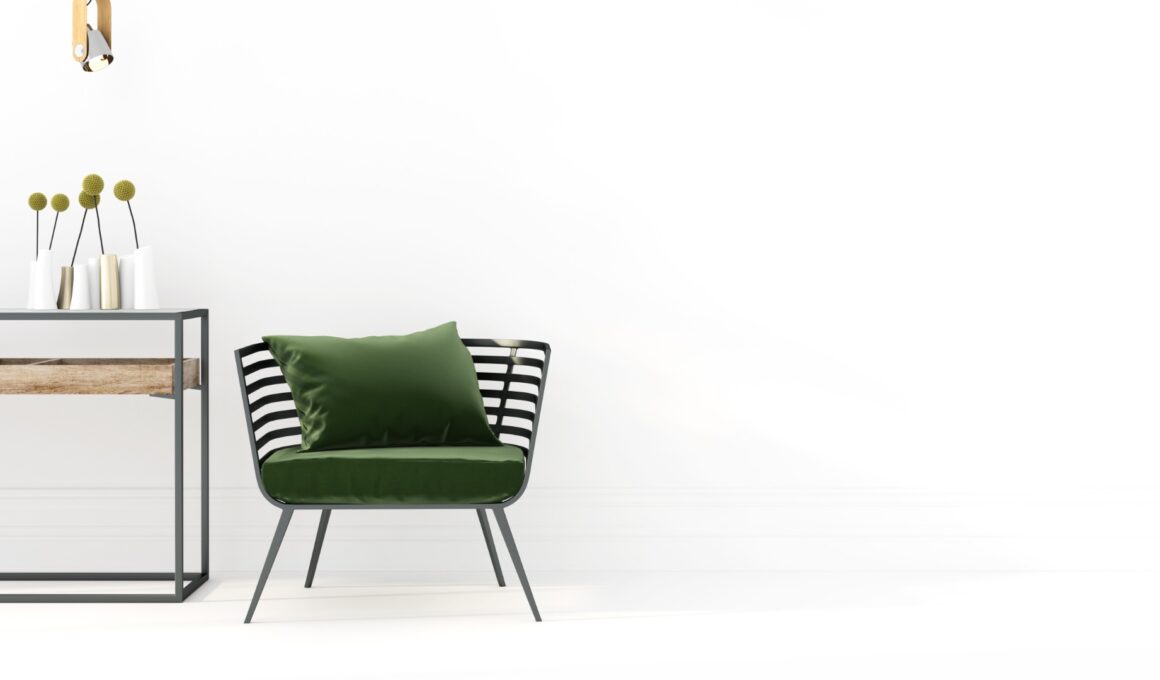The KISS Principle was originally devised by Kelly Johnson as a ‘design principle’ that aimed to help guide designers on how to create the optimal designs. Here ‘KISS’ is an acronym that stands for ‘Keep It Short and Simple’ but which has many variations too such as ‘Keep It Simple Stupid’ or ‘Keep It Simple and Sincere’.
The central concept behind this principle is that good design should aim to make things as simple as possible and this should then be an aim in any creative endeavour.
KISS in Action
For instance then if you were to design a website, you might think that it would be best to include every possible bell and whistle so that you had animated GiFs everywhere, flash animations, videos, music and countless links. Of course in reality this would simply be distracting and confusing for someone visiting the site, and rather having something much more simple and straightforward would help you to direct their attention where you wanted it to go, and it would help you to avoid any kind of sensory overload.
At the same time though this also applies to product design and engineering; the most sturdy and powerful shape in engineering is the equilateral triangle which is capable of taking the biggest load with the smallest amount of material – the best support is not some highly complicated process. In general in any kind of device or mechanism, the more complex it is, the more there is to go wrong and fail. Meanwhile, the more complex something is, the more parts it will have and the more it will cost to produce.
This extends even beyond design though. For instance in business the KISS principle still takes effect and most smart CEOs and managers know that the secret to success is to start with a very simple business model and to then build on that and expand. Even in science a similar principle applies known as ‘Occam’s razor’ which states that the best scientific theories are those that are the most simple and elegant. Occam’s razor is so named in order to create the image of ‘cutting away’ at the chaff in order to expose the most simple truths. And the reason that Occam’s razor applies? Because simplicity rules in nature too due to natural selection.
A Proviso
However it is important not to misunderstand the KISS principle and take it too far. Of course a Nokia 3210 is not superior to an iPhone even though it is much simpler. The reason is that an iPhone can do more and has other features (though in many other ways actually the iPhone is a perfect example of KISS in action). This illustrates that we need to interpret the KISS principle within its context and within the goals and aims of the project. In other words, if you can create a more simple design that achieves the same function then this will be superior – simplicity for simplicity’s sake is a step too far for most applications.




